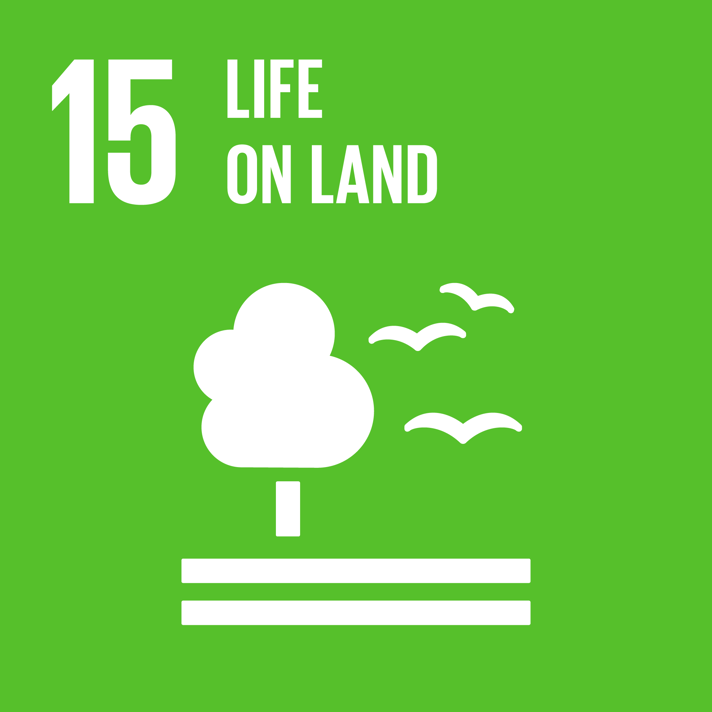Goal 15: Life on land
Published
Goal 15 is to protect, restore and promote sustainable use of terrestrial ecosystems, sustainably manage forests, combat desertification, and halt and reverse land degradation and halt biodiversity loss.

Biodiversity is a vital foundation for Earth's life sustaining systems and forms the basis of our current and future welfare, as is stated in the Convention on Biological Diversity. Long-term sustainable use of natural resources and ecosystem services is an important factor for enabling people to lift themselves out of poverty permanently. It is up to both developed and developing countries to take responsibility for this.
Most often, it is people living in poverty, particularly girls and women, who are most vulnerable to the challenges of ecosystem services, such as drinking water, water purification and regulation, erosion protection and fertility. Climate change also has a negative impact on natural resources and ecosystem services.
Sustainable use of forest resources, including reducing deforestation, has a positive impact on our climate and our livelihood. Biodiversity contributes to increasing ecosystem resilience. An important challenge is therefore to satisfy people's need for food, energy, water, minerals, medicines and renewable raw materials without undermining biodiversity and by sustainably using ecosystem services while reducing greenhouse gas emissions.
Targets
15.1 By 2020, ensure the conservation, restoration and sustainable use of terrestrial and inland freshwater ecosystems and their services, in particular forests, wetlands, mountains and drylands, in line with obligations under international agreements
15.2 By 2020, promote the implementation of sustainable management of all types of forests, halt deforestation, restore degraded forests and substantially increase afforestation and reforestation globally
15.3 By 2030, combat desertification, restore degraded land and soil, including land affected by desertification, drought and floods, and strive to achieve a land degradation-neutral world
15.4 By 2030, ensure the conservation of mountain ecosystems, including their biodiversity, in order to enhance their capacity to provide benefits that are essential for sustainable development
15.5 Take urgent and significant action to reduce the degradation of natural habitats, halt the loss of biodiversity and, by 2020, protect and prevent the extinction of threatened species
15.6 Promote fair and equitable sharing of the benefits arising from the utilization of genetic resources and promote appropriate access to such resources, as internationally agreed
15.7 Take urgent action to end poaching and trafficking of protected species of flora and fauna and address both demand and supply of illegal wildlife products
15.8 By 2020, introduce measures to prevent the introduction and significantly reduce the impact of invasive alien species on land and water ecosystems and control or eradicate the priority species
15.9 By 2020, integrate ecosystem and biodiversity values into national and local planning, development processes, poverty reduction strategies and accounts
15.a Mobilize and significantly increase financial resources from all sources to conserve and sustainably use biodiversity and ecosystems
15.b Mobilize significant resources from all sources and at all levels to finance sustainable forest management and provide adequate incentives to developing countries to advance such management, including for conservation and reforestation
15.c Enhance global support for efforts to combat poaching and trafficking of protected species, including by increasing the capacity of local communities to pursue sustainable livelihood opportunities

 X
X